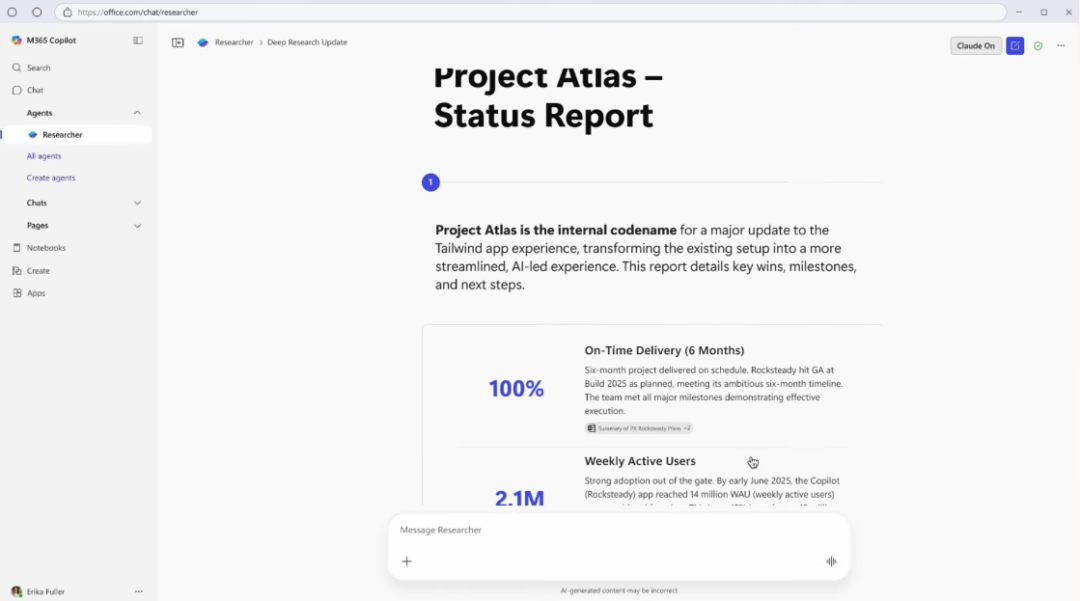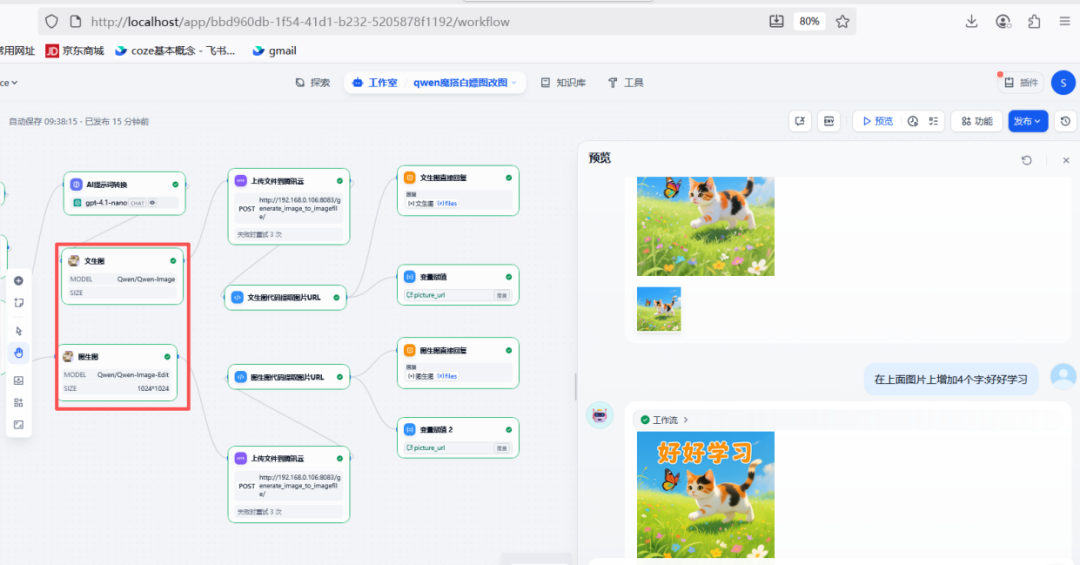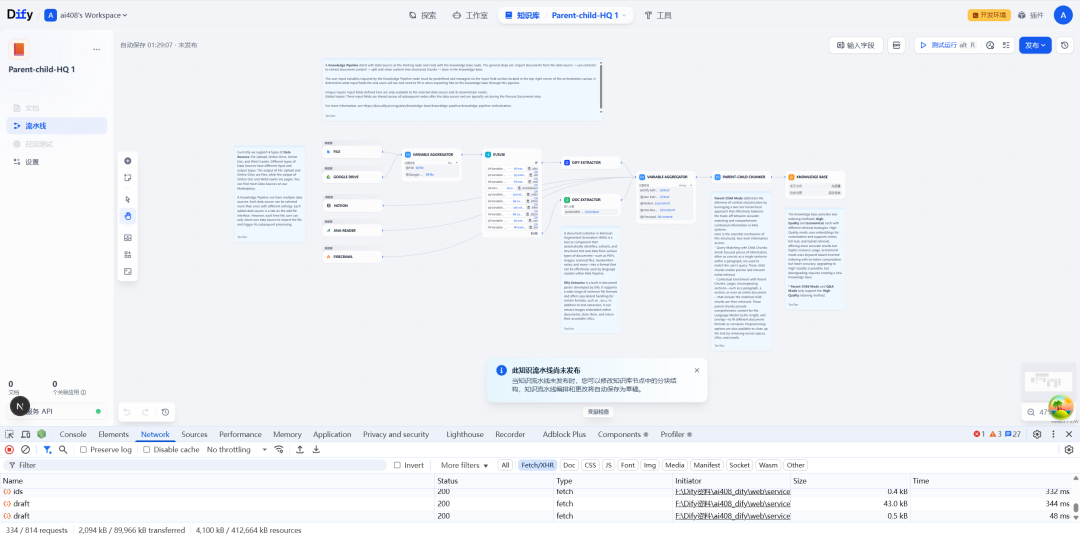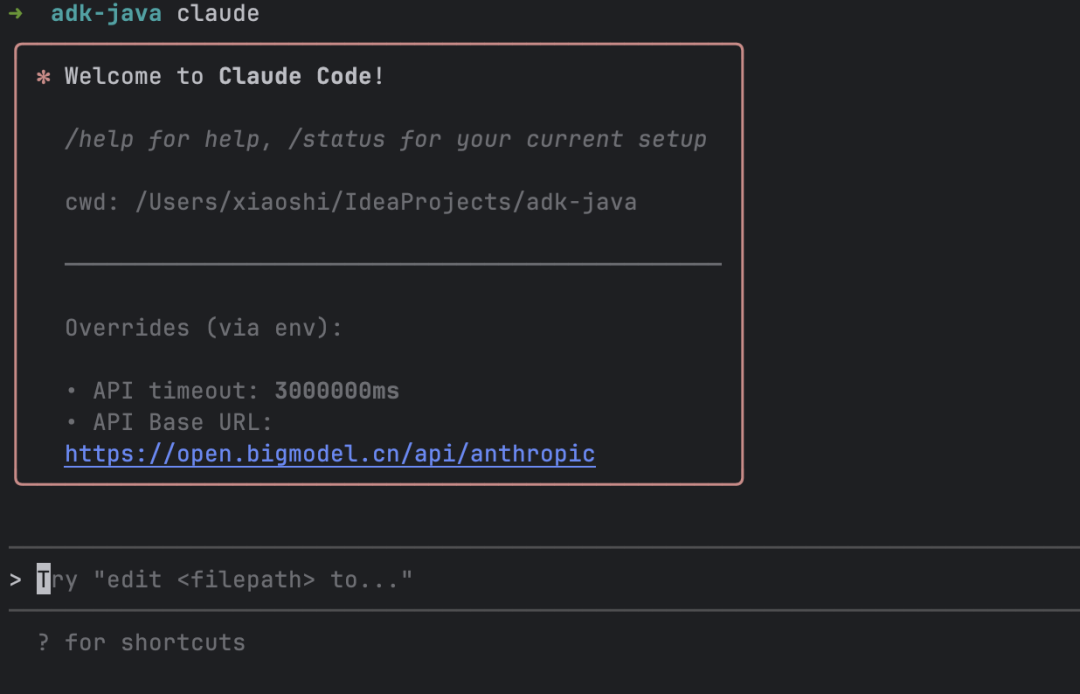LlamaFarm's model components contain four enterprise-class features that together build a highly available production environment:
1. Automatic failover: When the primary model (e.g., GPT-4) fails, the system automatically switches to the standby model (e.g., Claude-3), and if it is still unavailable, the local model (e.g., Llama3) is enabled. This three-level fault tolerance mechanism ensures uninterrupted service.
2. Cost-optimized routing: The system automatically assigns requests to the most cost-effective provider based on model pricing and query complexity, significantly reducing the cost of API calls.
3. Load balancing: In a multi-model instance environment, automatically balances the request pressure of each instance to avoid a single point of overload.
4. Response caching: Returns cached results for duplicate queries, which improves responsiveness and reduces API calls.
The synergy of these properties is reflected in:
- Average failure recovery time reduced to seconds
- Demonstrate 99.951 TP3T availability in a stress test
- Real-world examples show reduced model call costs for 30%-50%
This makes LlamaFarm particularly suitable for enterprise scenarios with stringent SLA requirements.
This answer comes from the articleLlamaFarm: a development framework for rapid local deployment of AI models and applicationsThe
































